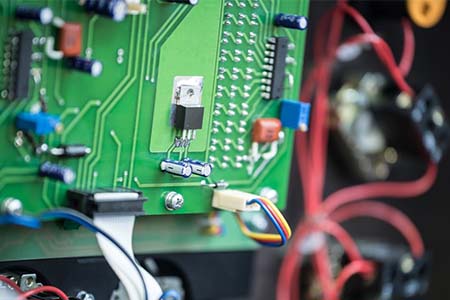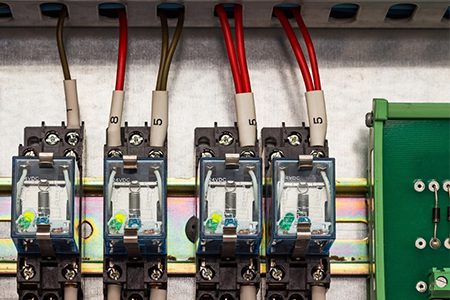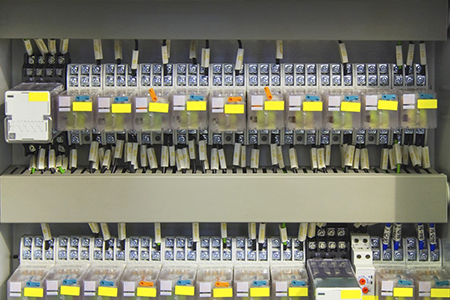When to use a contactor?
A contactor is an important device in many industries because it provides a safe and efficient way to control electrical circuits. Contactors can also be used to control various other loads including but not limited to lighting, heating and air conditioning.
The contactors can be used to switch loads in the current range 20a – 12500A. It usually consists of three separate contacts and is designed for three-phase power applications.
You won’t usually find normally closed contacts on contactors, they usually only use one set of normally open contacts. Therefore, the function of many relays is more simplified in some respects.
In many cases, they also have auxiliary contacts that can be used to monitor the status of the contactor. For example, if a contact opens or closes.
In some cases (depending on the contactor) they can provide arc suppression, which increases the safety of switching high-voltage loads. However, they do not provide short-circuit or overload protection, and these features require additional equipment.
Advantages and disadvantages of relays and contactors
Relays and contactors are two types of devices that are used to control electromechanical processes. Both devices have advantages and disadvantages that should be considered when choosing which one to use for a particular application.
Relays are typically smaller and less expensive than contactors. They are also easier to operate and can be used to control lower-voltage processes. However, relays can only be used to control one process at a time, and they are not as durable as contactors.
Contactors are larger and more expensive than relays, but they can be used to control multiple processes simultaneously. They are also more durable than relays, making them ideal for use in industrial applications. However, contactors can be more difficult to operate than relays.
Conclusion
Although relays and contactors share some similarities, such as their ability to switch electrical loads on and off, they are designed for different applications and differ in size, power rating, switching capacity, contact material, control circuit, and cost All are different.
Knowing the difference between relays and contactors is important in choosing the correct device for a particular application.
Relays are typically used in low-power control circuits, while contactors are used in high-power applications such as motor control, heating and cooling systems, power distribution, and welding equipment. By choosing the right equipment, engineers and technicians can ensure that their electrical systems operate safely and reliably.



